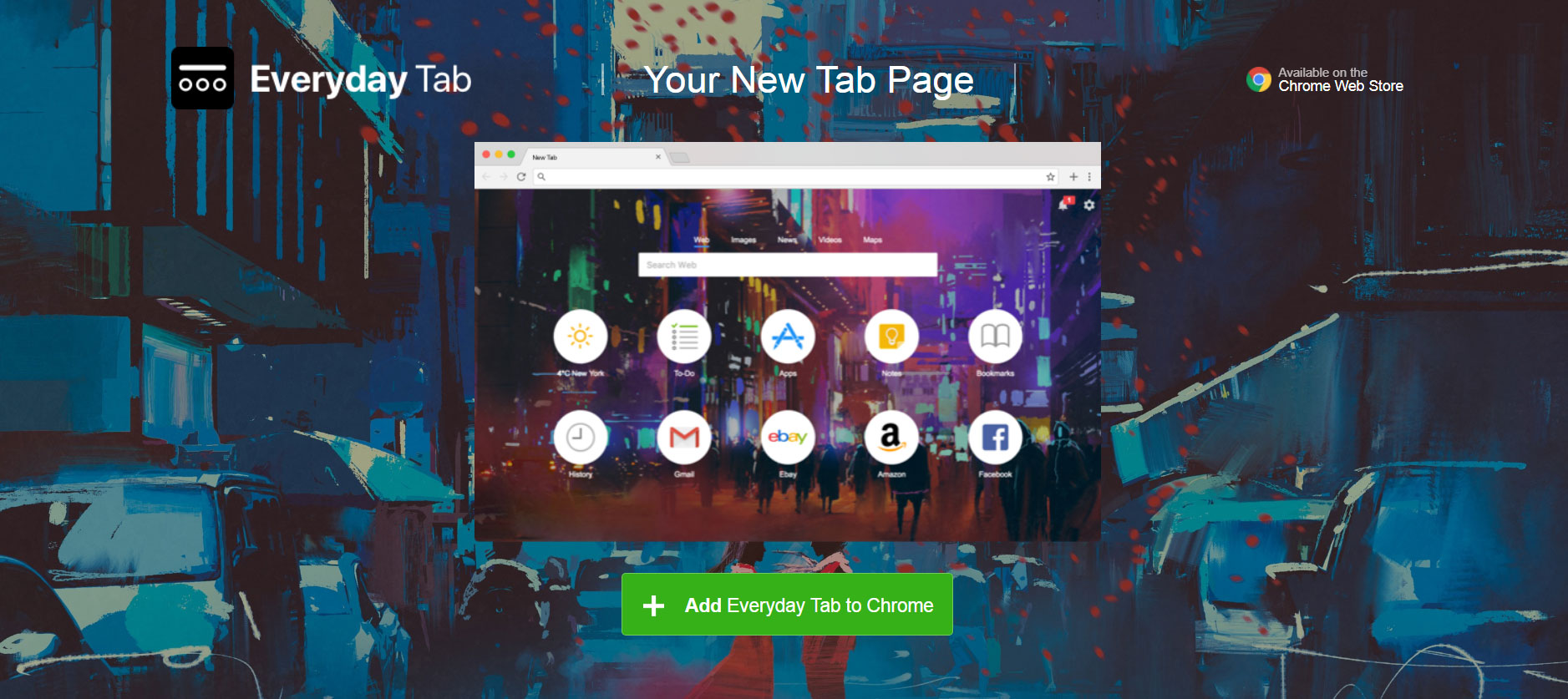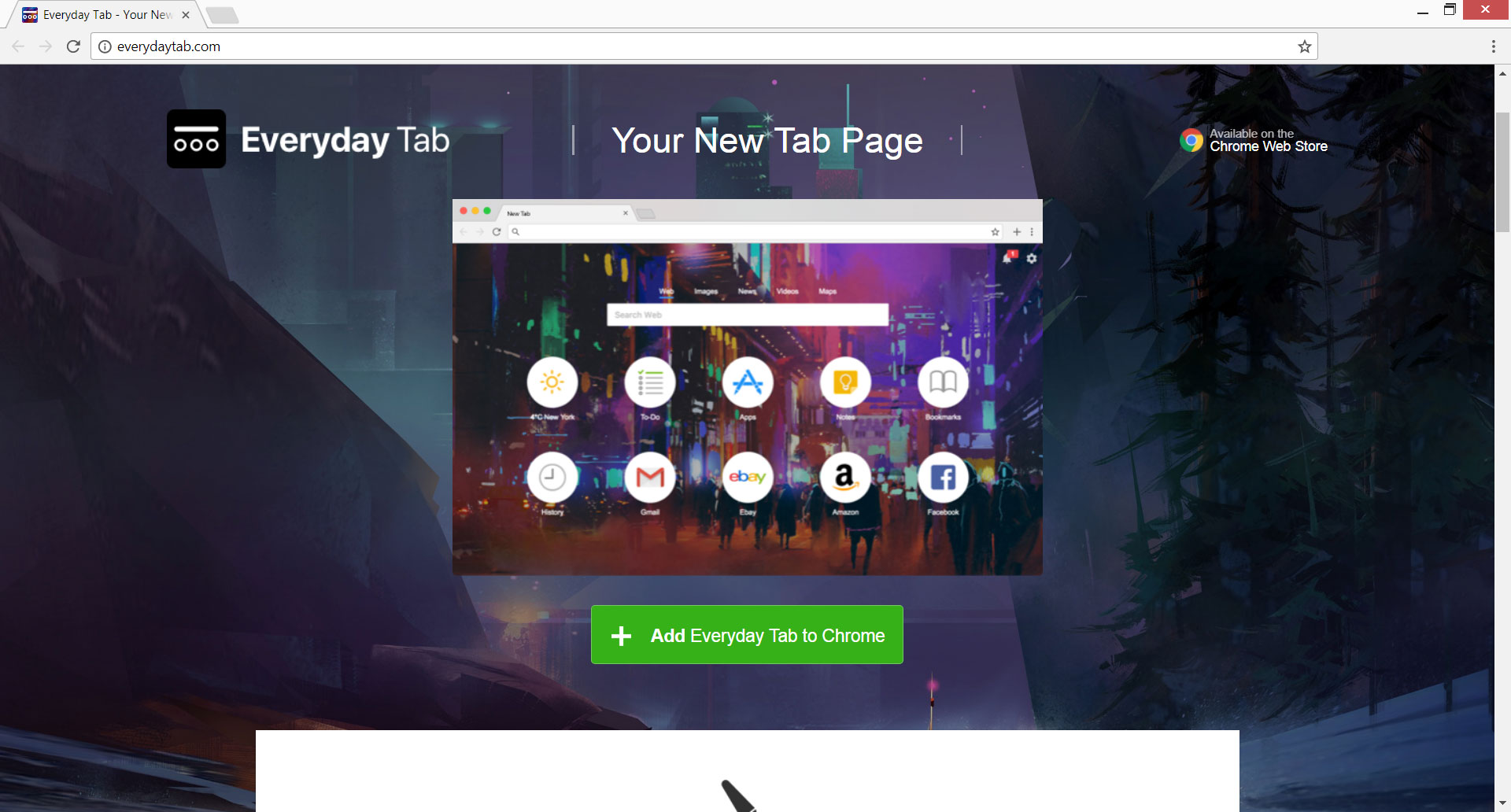This article refers to the removal process of Everyday Tab browser hijacker and extension from the affected browsers and the PC. Follow the detailed removal instructions below and get rid of Everyday Tab completely.
Everyday Tab hijacker alters essential browser settings placing the domain associated with its services everydaytab.com as homepage and new tab page. Once it affects the system, it causes a lot of browser redirects and slowdowns during online sessions. Another trait of Everyday Tab infection is a browser extension of the same name that is installed and enabled automatically so it can support data collection and advertising purposes.

Threat Summary
| Name | Everyday Tab |
| Type | Browser Hijacker, PUP |
| Short Description | The hijacker collects information about browsing habits so it can redirect you and show you lots of advertisements. |
| Symptoms | Altered browser settings that affect the start page, search engine and the new tab page. |
| Distribution Method | Freeware Installations, Bundled Packages, Corrupted Websites |
| Detection Tool |
See If Your System Has Been Affected by malware
Download
Malware Removal Tool
|
| User Experience | Join Our Forum to Discuss Everyday Tab. |

Everyday Tab – Distribution Methods
Typically browser hijackers like Everyday Tab come bundled with other free applications. The installation setups of such apps often provide additional potentially unwanted components by default. How you may get infected with Everyday Tab is by following the regular installation steps and just clicking the Next button till the end. To prevent such unwanted aftereffects, it is good always to select the Advanced/Custom installation options provided in the configuration panel. There are usually localized details about further components that are part of the setup and will be installed along with the primary software. The good news is that you can choose if you need the additional components or not. So you can opt out all potentially unwanted programs and prevent your system being infected with Everyday Tab and other similar threats.
The nasty Everyday Tab can invade frequently used browsers like Google Chrome, Mozilla Firefox, Safari and Internet Explorer.

Everyday Tab – Detailed Analysis
The Everyday Tab developers describe it as a useful personal dashboard that features a ton of awesome functionalities. In order to look as much appealing as possible and tricks users into utilizing its services, Everyday Tab provides customizable HD backgrounds, weather forecasts in real time, to-do lists, notes section, quick access to all bookmarks and in-browser apps and so on. It’s all right but here we come to the security point of view. Is it safe to use Everyday Tab services and allow it to access your system and browsers? Well, let’s check this out!
First, don’t forget how it mysteriously penetrated your system and started appearing in your browser. Precisely because of the shady delivery techniques which preferred by its owners, Everyday Tab is classified as a typical browser hijacker. As most infections of this kind, Everyday Tab aims to penetrate the system and obtain sensitive data about you and your browsing habits. For the purpose, the hijacker installs a browser extension and runs it automatically without asking you for permission. As long as the browser extension Everyday Tab has access to your browser, it receives your consent to:
- Read and change all your data on the websites you visit
- Replace the page you see when opening a new tab
- Shipping address
- Read and change your browsing history
- Display notifications
- Read and change your bookmarks
- Manage your apps, extensions, and themes
So as long as you are keeping the extension enabled your browsing experience will be completely modified and controlled by the hijacker. Furthermore, it can generate numerous annoying advertisements of all kinds – pop-ups, pop-unders, banners, videos, images, and redirects. As a result, you may notice slowed browser and system performance as well as frequent browser crashes.
As it gets clear Everyday Tab replaces the new tab page with the domain of its website everydaytab.com so it can force you to use its services each time you launch the affected browser and therefore records every single click and visit you make. Here is how the homepage of its website looks like:

Everyday Tab – Privacy Policy
The Privacy Policy of Everyday Tab or as mentioned there Everyday Tab Extension reveals what information is gathered from all individuals who use its services and further how that information is used or disclosed. The section can be found on the bottom navigation bar of the website associated with Everyday Tab – everydaytab.com.
The policy states that Everyday Tab collects the following non-personal information from you:
- Your IP address
- Referral data
- Browser and platform type
- The date and time you visited the Everyday Tab Extension
- Your search terms
- The links upon which you choose to click
In addition, the hijacker can request information that may identify you personally such as:
- Name
- E-mail address
- Shipping address
- Zip code
- Age
- Gender
- Occupation
- Household income
Be advised to avoid providing Everyday Tab any kind of information it asks you for. It may try to mislead you about the real purposes of data collection and then misuses it. All records of gathered data may be disclosed to third-party providers or marketing partners of Everyday Tab and then used for targeted advertising offers.

Remove Everyday Tab Completely
Everyday Tab is not considered to be malware, so it doesn’t aim at system damages. However, as long as it operates on your system your privacy could be an object of unwanted observation while your system is vulnerable to malicious attacks. If you want to take over the control of your online security you should remove Everyday Tab from the infected device. You can fulfill the complete removal process of Everyday Tab could with the help of our step-by-step instruction guide provided below.
- Windows
- Mac OS X
- Google Chrome
- Mozilla Firefox
- Microsoft Edge
- Safari
- Internet Explorer
- Stop Push Pop-ups
How to Remove Everyday Tab from Windows.
Step 1: Scan for Everyday Tab with SpyHunter Anti-Malware Tool
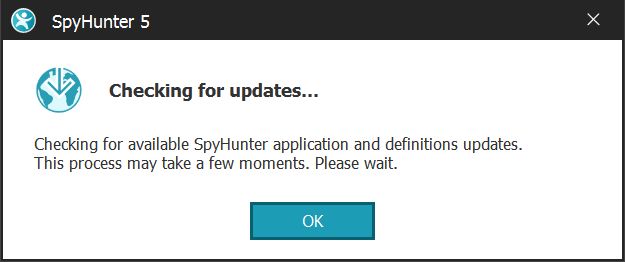
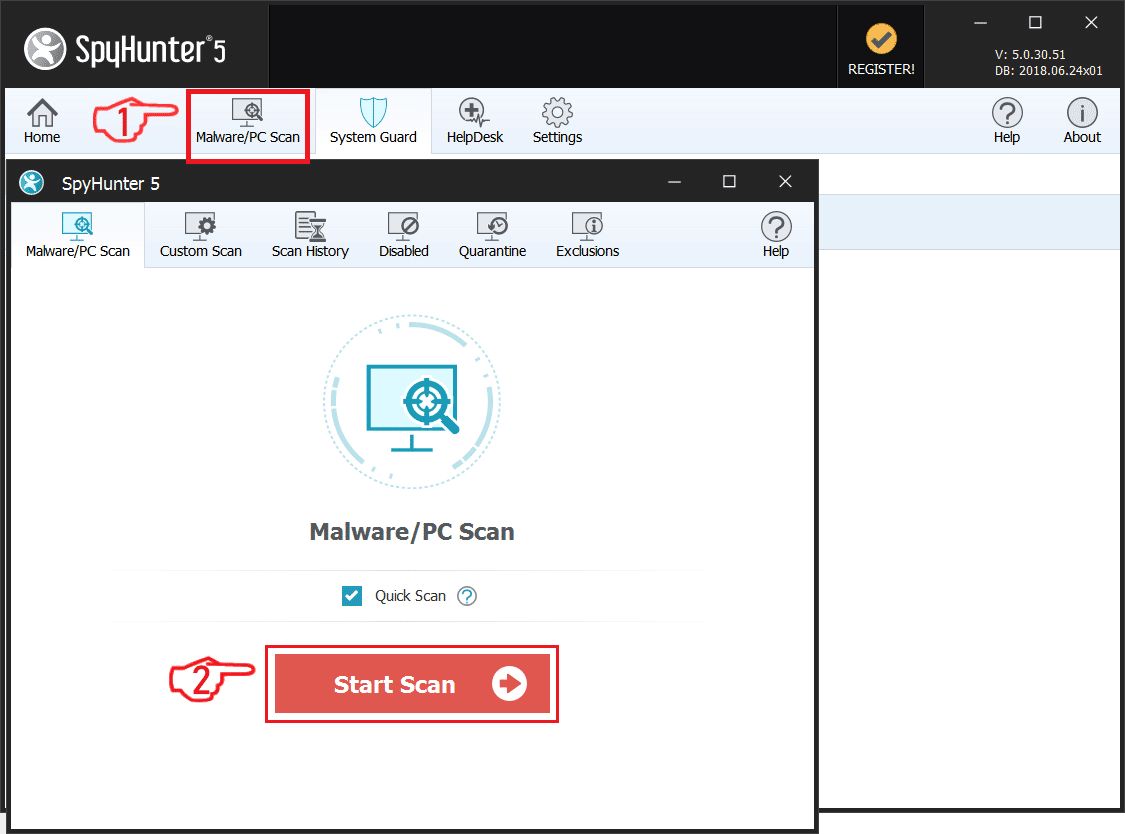
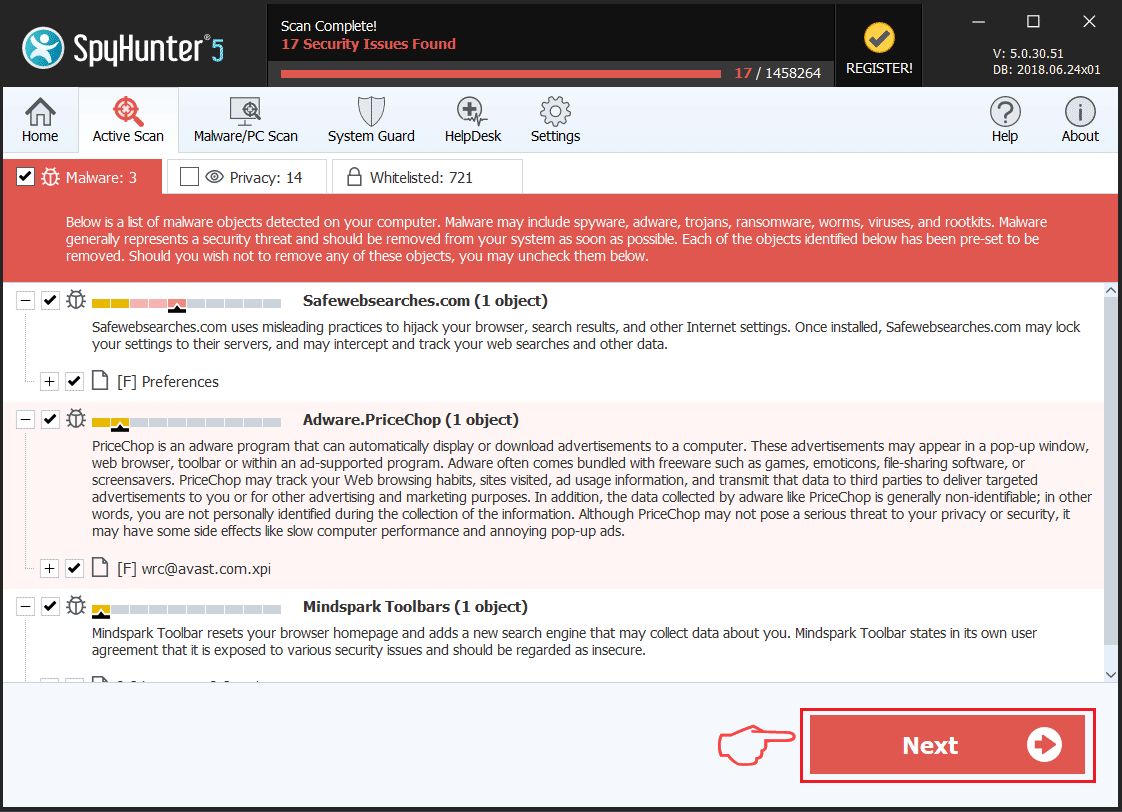
Step 2: Boot Your PC In Safe Mode

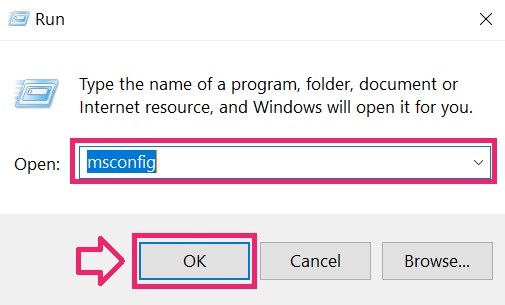
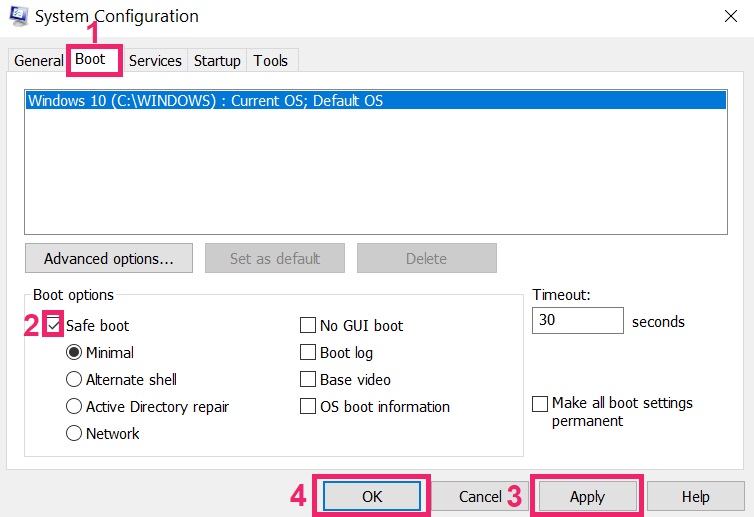
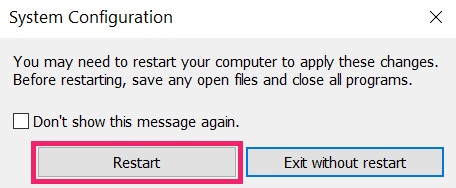
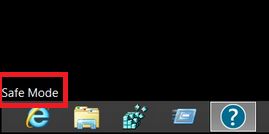
Step 3: Uninstall Everyday Tab and related software from Windows
Uninstall Steps for Windows 11
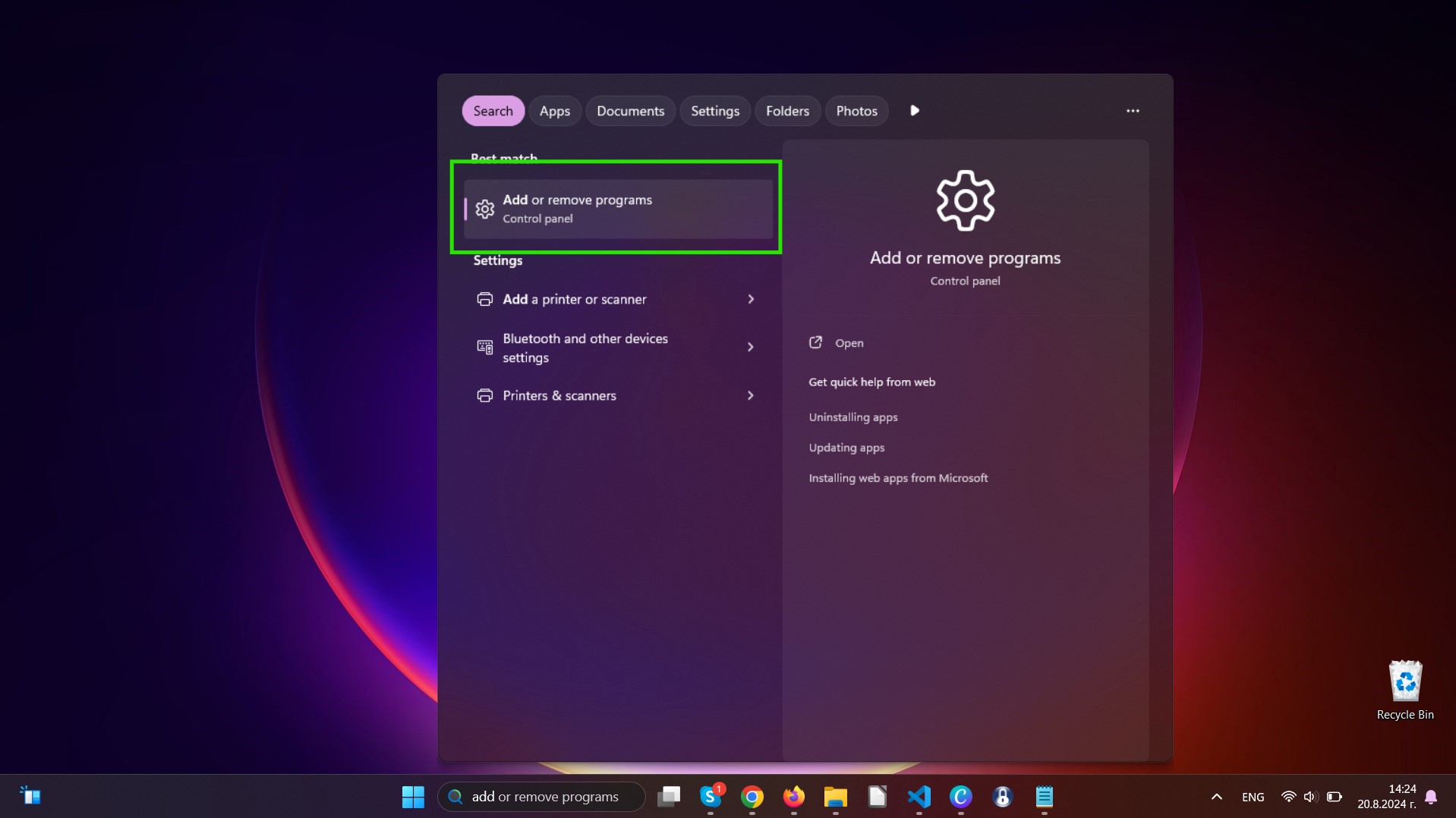
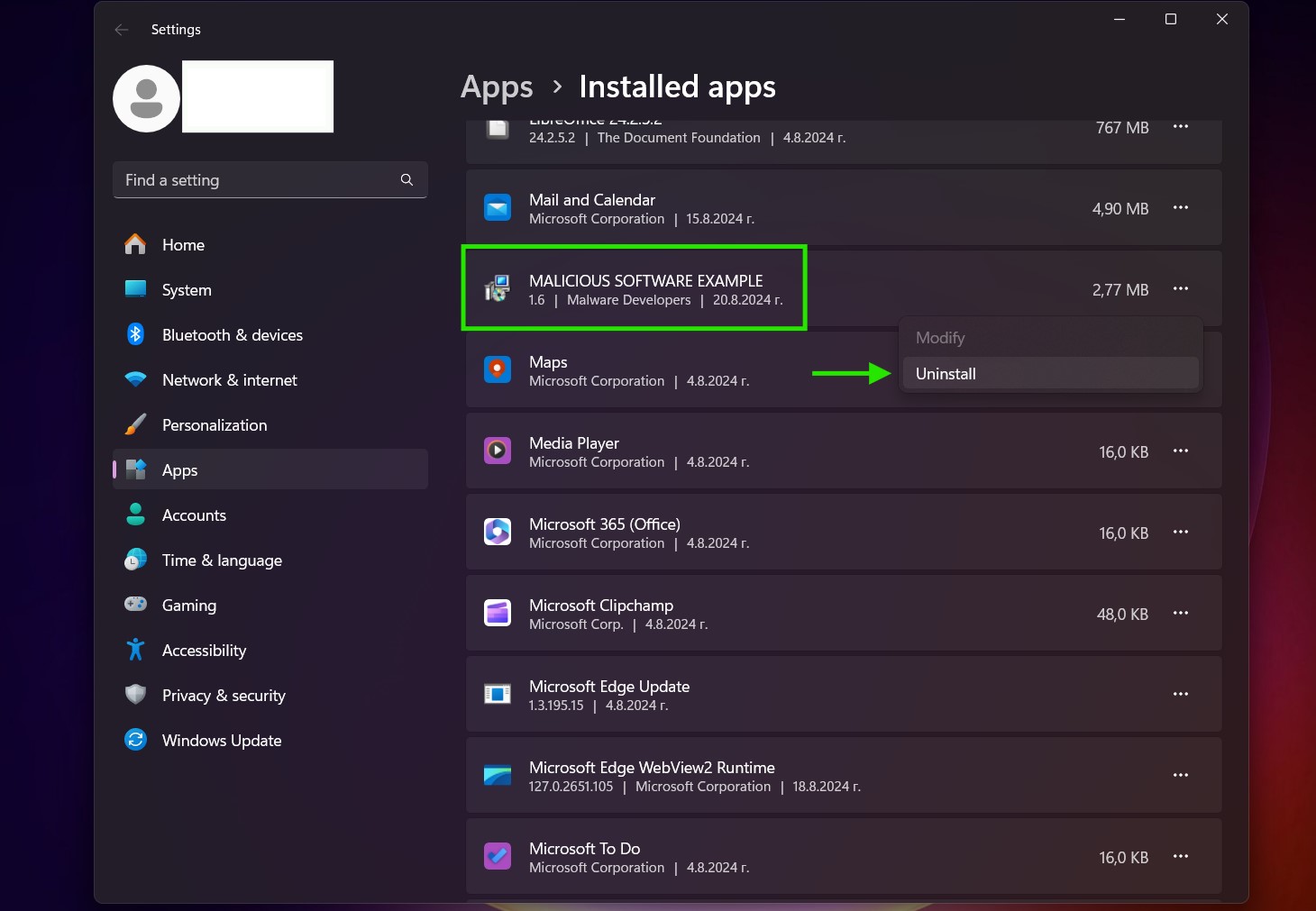
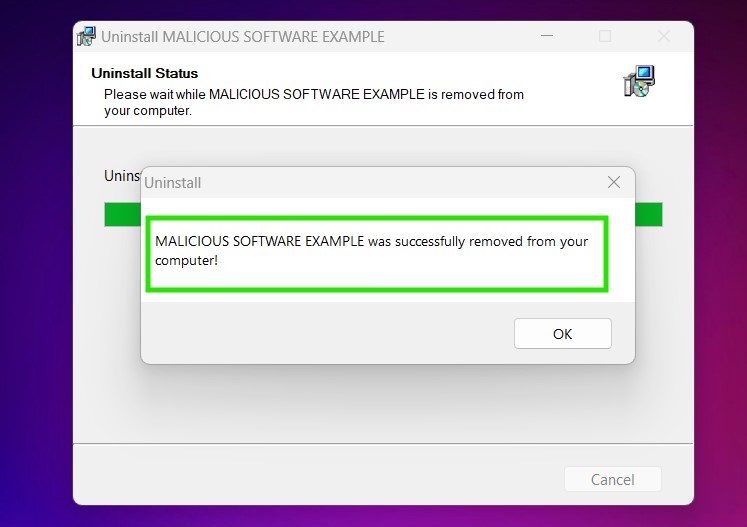
Uninstall Steps for Windows 10 and Older Versions
Here is a method in few easy steps that should be able to uninstall most programs. No matter if you are using Windows 10, 8, 7, Vista or XP, those steps will get the job done. Dragging the program or its folder to the recycle bin can be a very bad decision. If you do that, bits and pieces of the program are left behind, and that can lead to unstable work of your PC, errors with the file type associations and other unpleasant activities. The proper way to get a program off your computer is to Uninstall it. To do that:

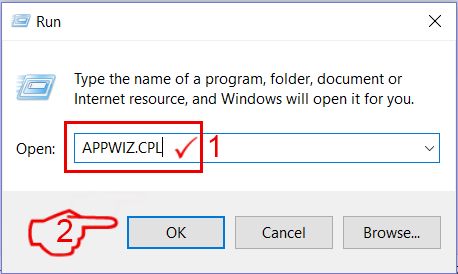
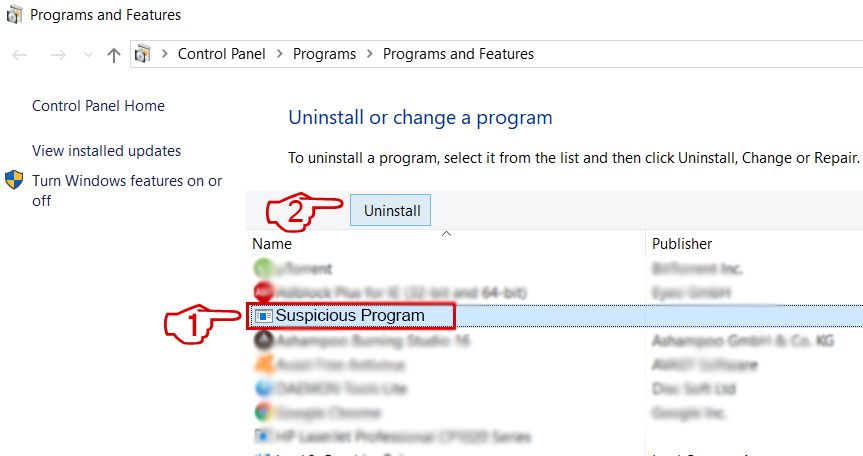 Follow the instructions above and you will successfully uninstall most programs.
Follow the instructions above and you will successfully uninstall most programs.
Step 4: Clean Any registries, Created by Everyday Tab on Your PC.
The usually targeted registries of Windows machines are the following:
- HKEY_LOCAL_MACHINE\Software\Microsoft\Windows\CurrentVersion\Run
- HKEY_CURRENT_USER\Software\Microsoft\Windows\CurrentVersion\Run
- HKEY_LOCAL_MACHINE\Software\Microsoft\Windows\CurrentVersion\RunOnce
- HKEY_CURRENT_USER\Software\Microsoft\Windows\CurrentVersion\RunOnce
You can access them by opening the Windows registry editor and deleting any values, created by Everyday Tab there. This can happen by following the steps underneath:
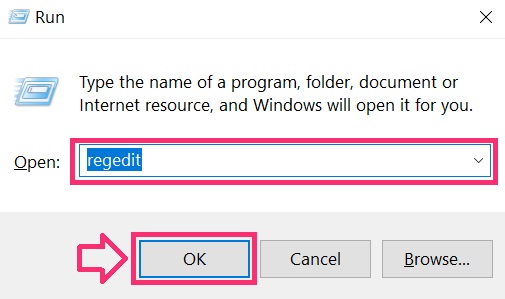

 Tip: To find a virus-created value, you can right-click on it and click "Modify" to see which file it is set to run. If this is the virus file location, remove the value.
Tip: To find a virus-created value, you can right-click on it and click "Modify" to see which file it is set to run. If this is the virus file location, remove the value.
Video Removal Guide for Everyday Tab (Windows).
Get rid of Everyday Tab from Mac OS X.
Step 1: Uninstall Everyday Tab and remove related files and objects
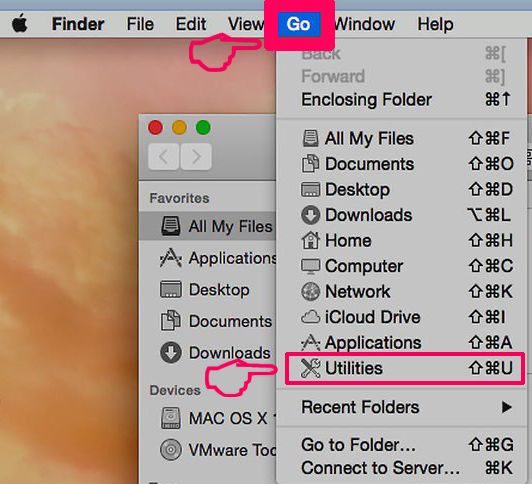
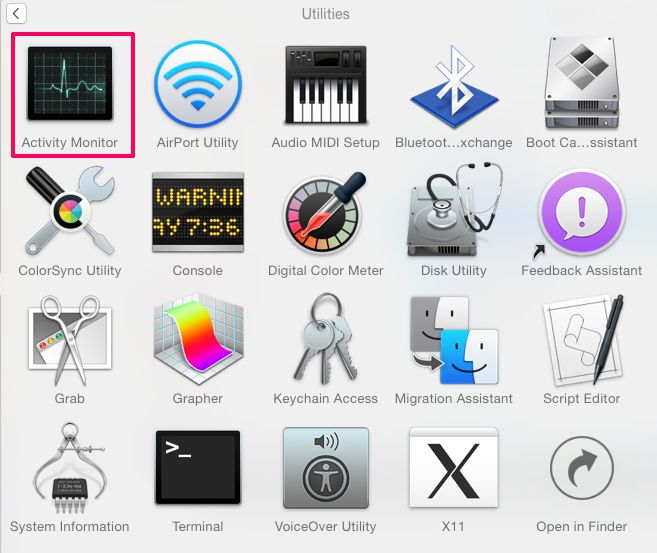
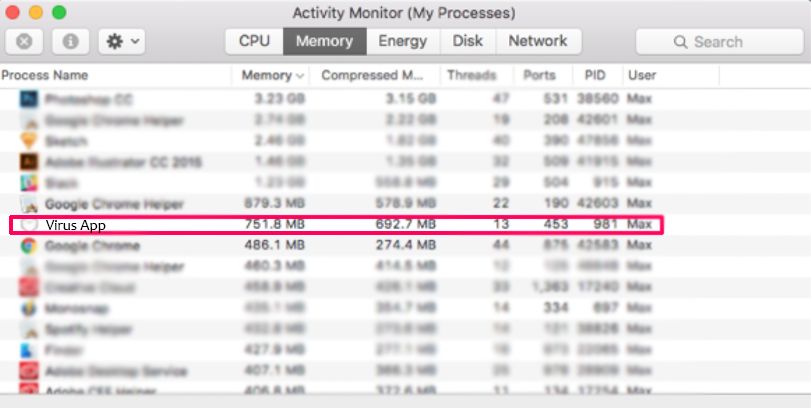
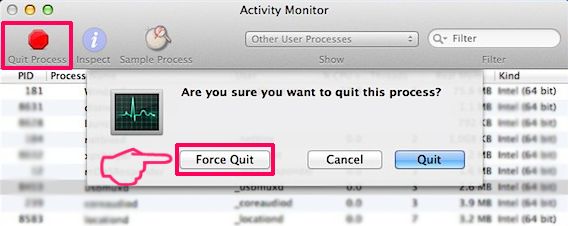
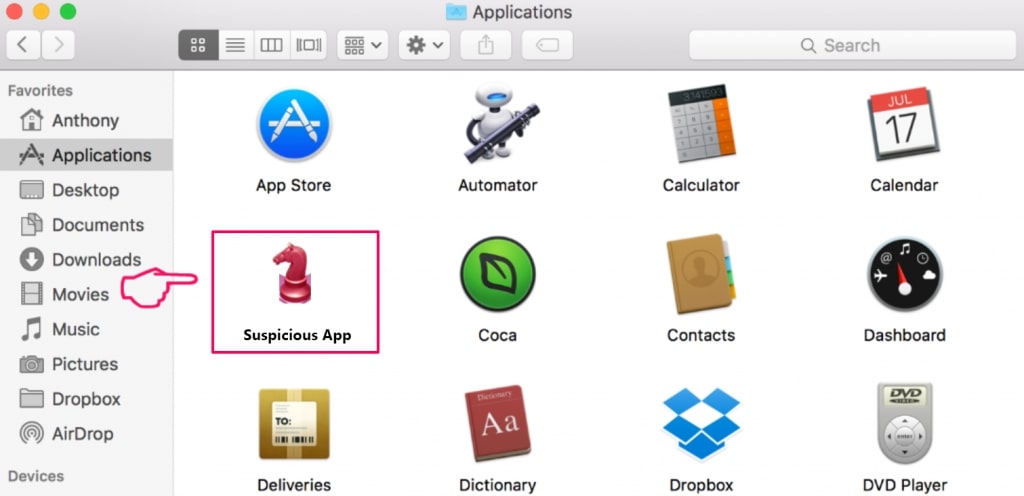
Your Mac will then show you a list of items that start automatically when you log in. Look for any suspicious apps identical or similar to Everyday Tab. Check the app you want to stop from running automatically and then select on the Minus (“-“) icon to hide it.
- Go to Finder.
- In the search bar type the name of the app that you want to remove.
- Above the search bar change the two drop down menus to “System Files” and “Are Included” so that you can see all of the files associated with the application you want to remove. Bear in mind that some of the files may not be related to the app so be very careful which files you delete.
- If all of the files are related, hold the ⌘+A buttons to select them and then drive them to “Trash”.
In case you cannot remove Everyday Tab via Step 1 above:
In case you cannot find the virus files and objects in your Applications or other places we have shown above, you can manually look for them in the Libraries of your Mac. But before doing this, please read the disclaimer below:
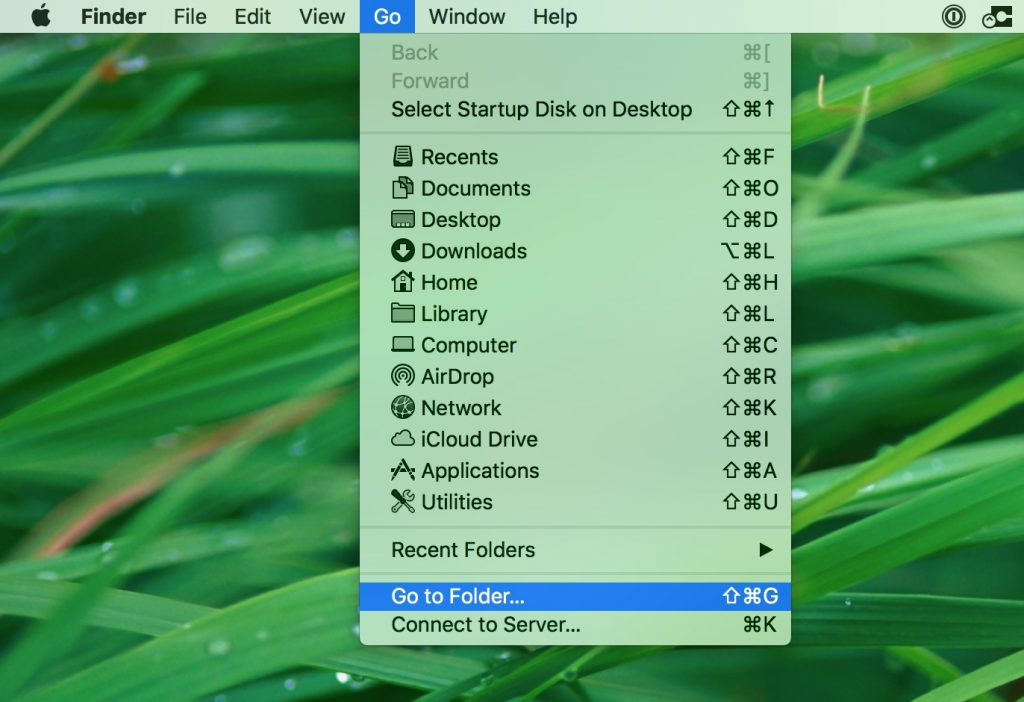
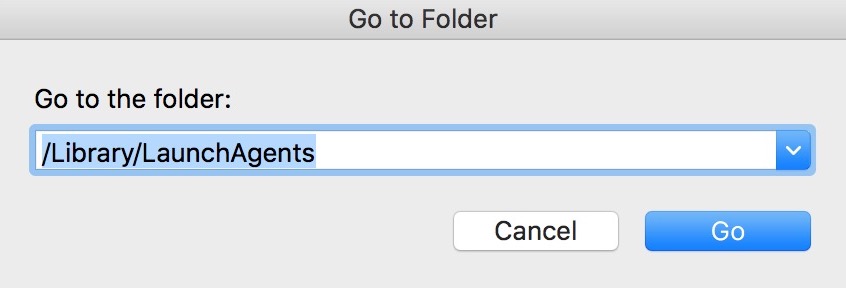
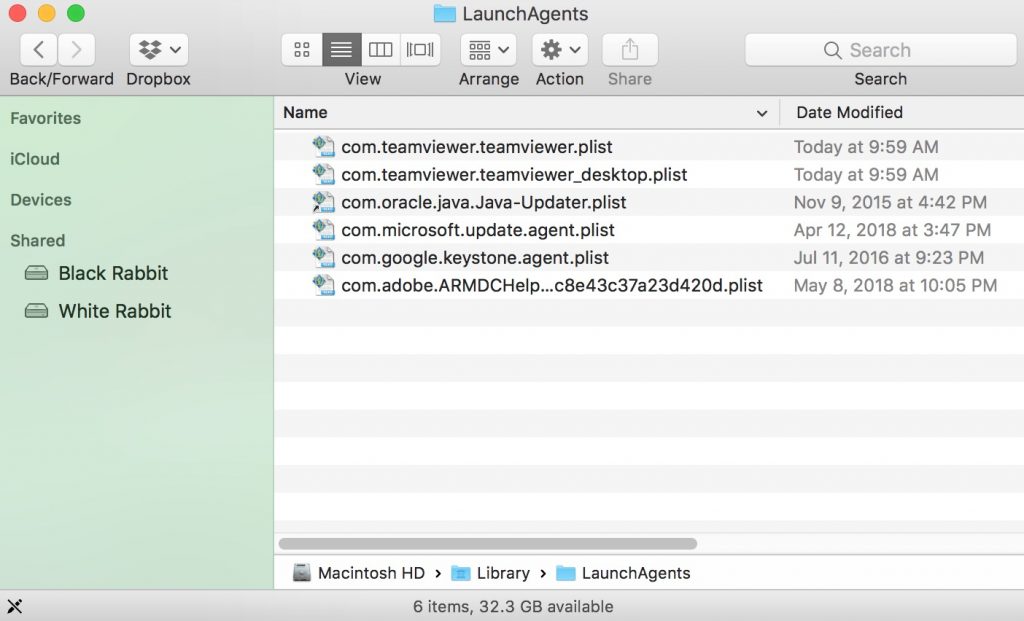
You can repeat the same procedure with the following other Library directories:
→ ~/Library/LaunchAgents
/Library/LaunchDaemons
Tip: ~ is there on purpose, because it leads to more LaunchAgents.
Step 2: Scan for and remove Everyday Tab files from your Mac
When you are facing problems on your Mac as a result of unwanted scripts and programs such as Everyday Tab, the recommended way of eliminating the threat is by using an anti-malware program. SpyHunter for Mac offers advanced security features along with other modules that will improve your Mac’s security and protect it in the future.
Video Removal Guide for Everyday Tab (Mac)
Remove Everyday Tab from Google Chrome.
Step 1: Start Google Chrome and open the drop menu
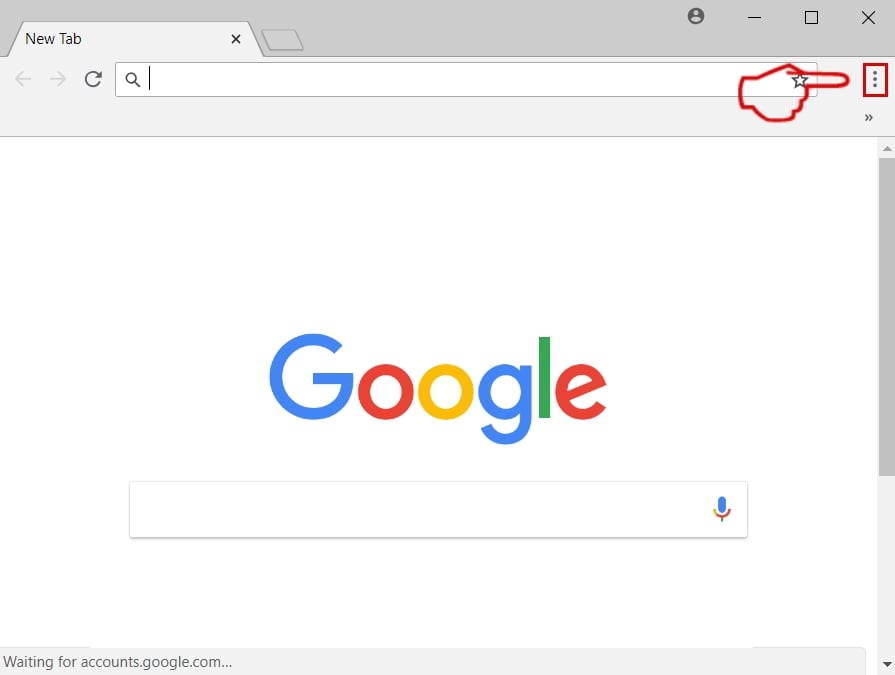
Step 2: Move the cursor over "Tools" and then from the extended menu choose "Extensions"
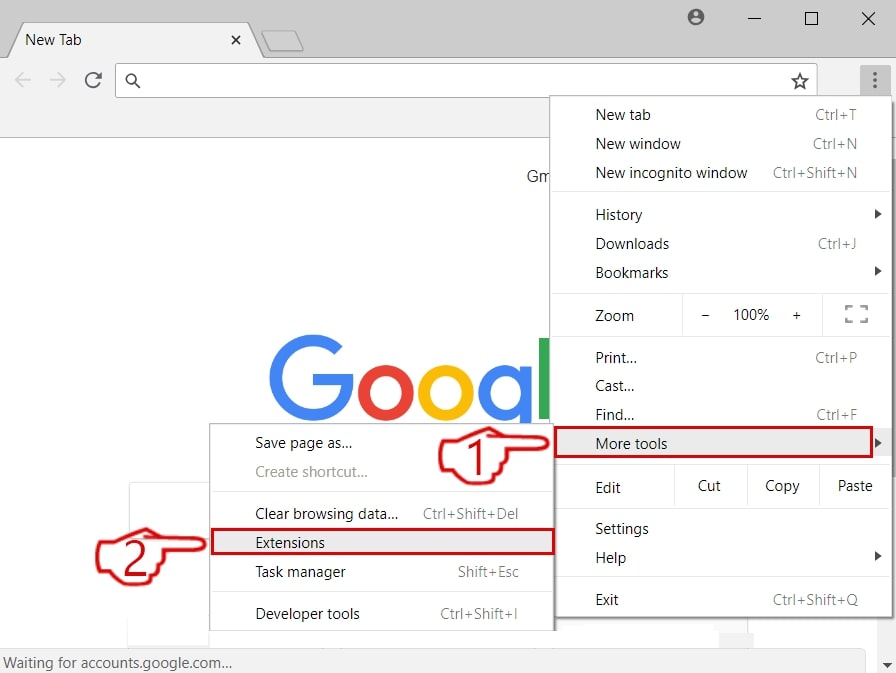
Step 3: From the opened "Extensions" menu locate the unwanted extension and click on its "Remove" button.
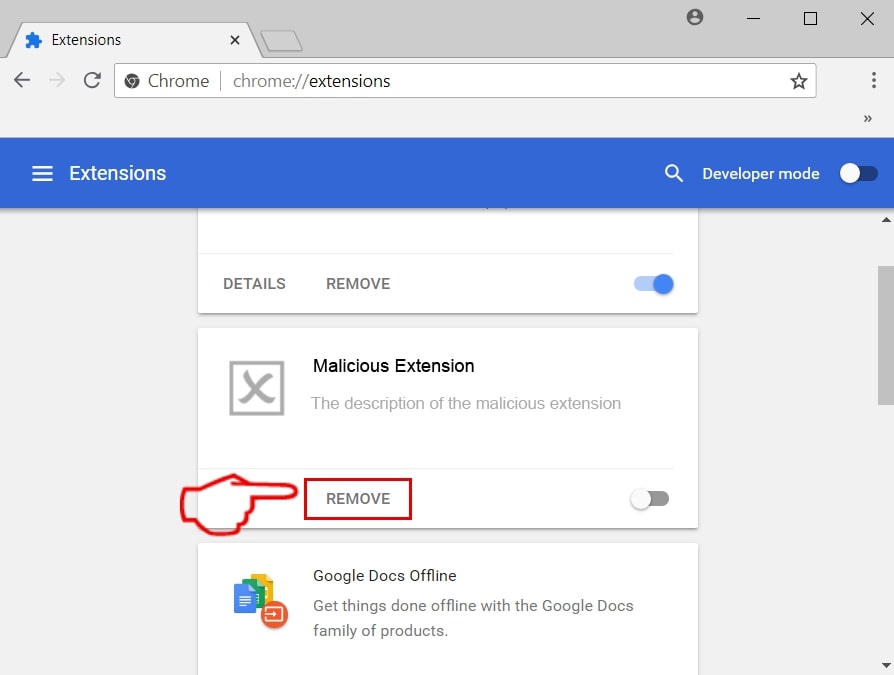
Step 4: After the extension is removed, restart Google Chrome by closing it from the red "X" button at the top right corner and start it again.
Erase Everyday Tab from Mozilla Firefox.
Step 1: Start Mozilla Firefox. Open the menu window:
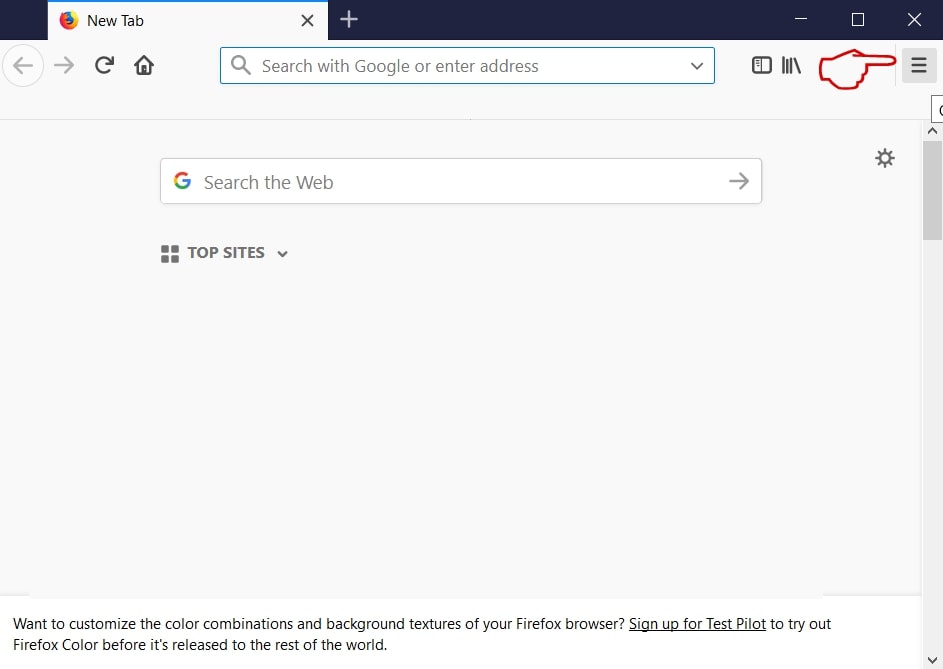
Step 2: Select the "Add-ons" icon from the menu.
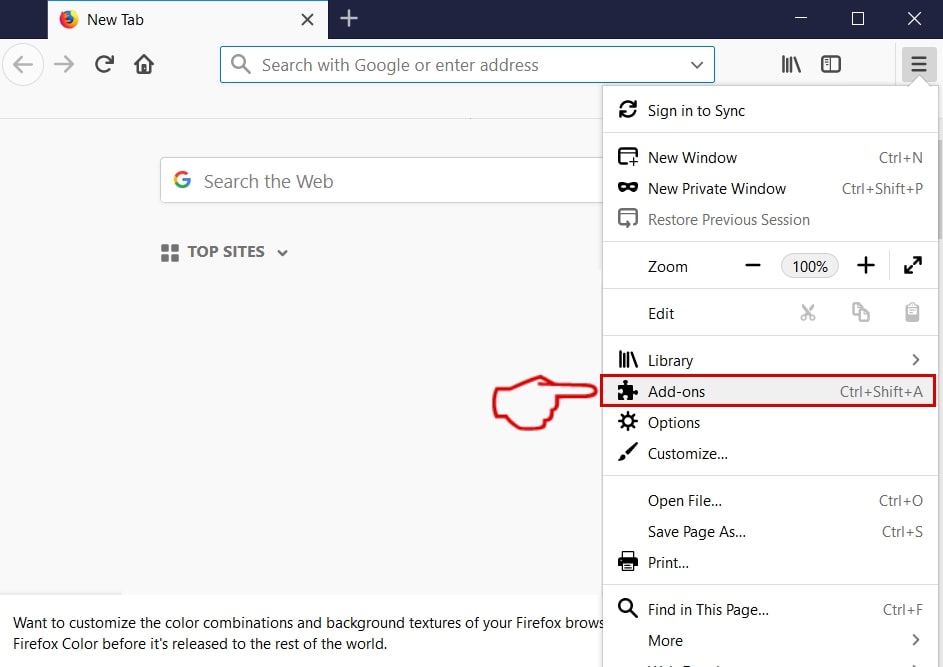
Step 3: Select the unwanted extension and click "Remove"

Step 4: After the extension is removed, restart Mozilla Firefox by closing it from the red "X" button at the top right corner and start it again.
Uninstall Everyday Tab from Microsoft Edge.
Step 1: Start Edge browser.
Step 2: Open the drop menu by clicking on the icon at the top right corner.
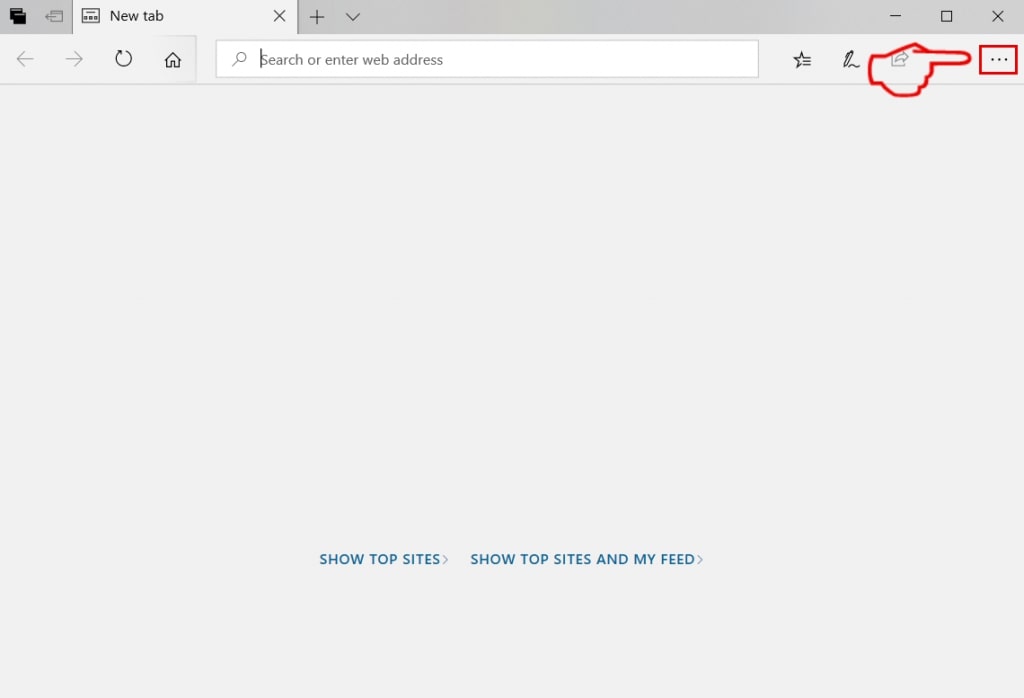
Step 3: From the drop menu select "Extensions".
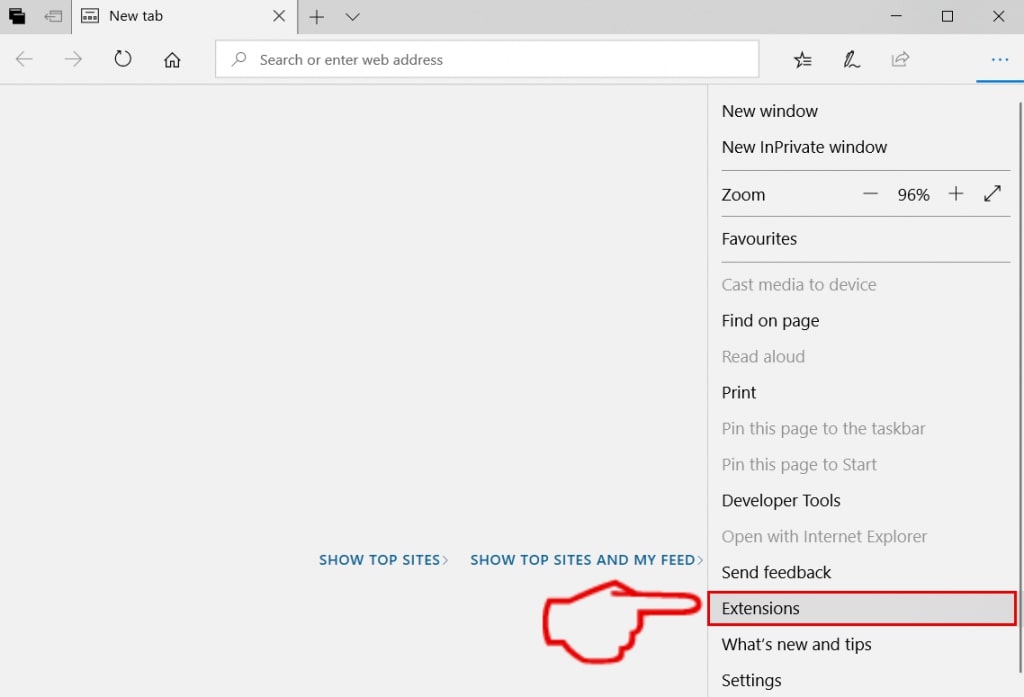
Step 4: Choose the suspected malicious extension you want to remove and then click on the gear icon.
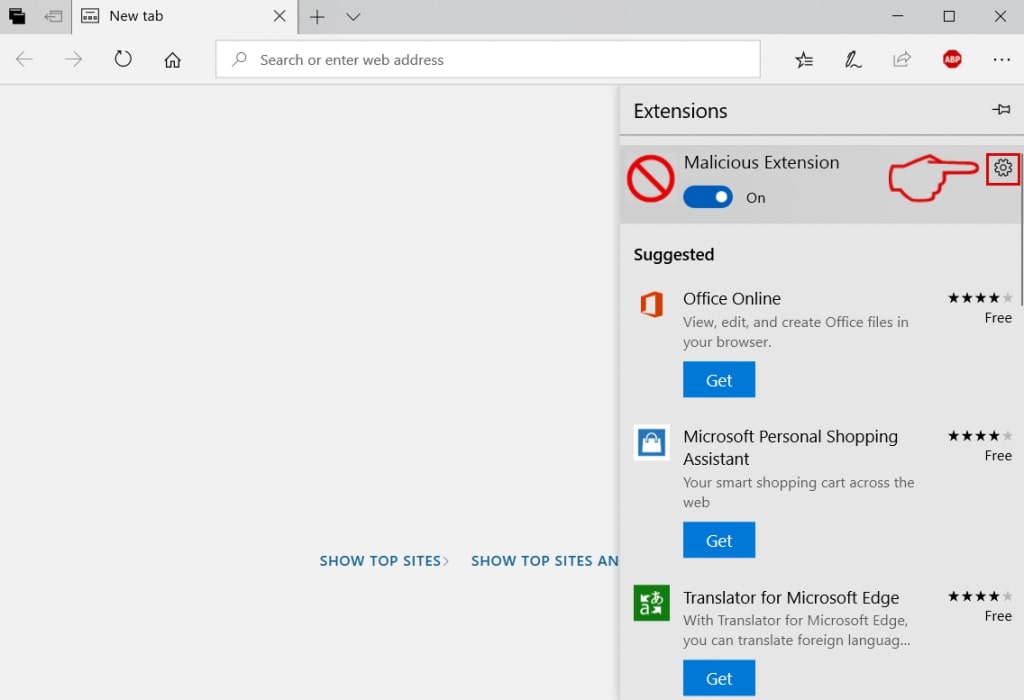
Step 5: Remove the malicious extension by scrolling down and then clicking on Uninstall.
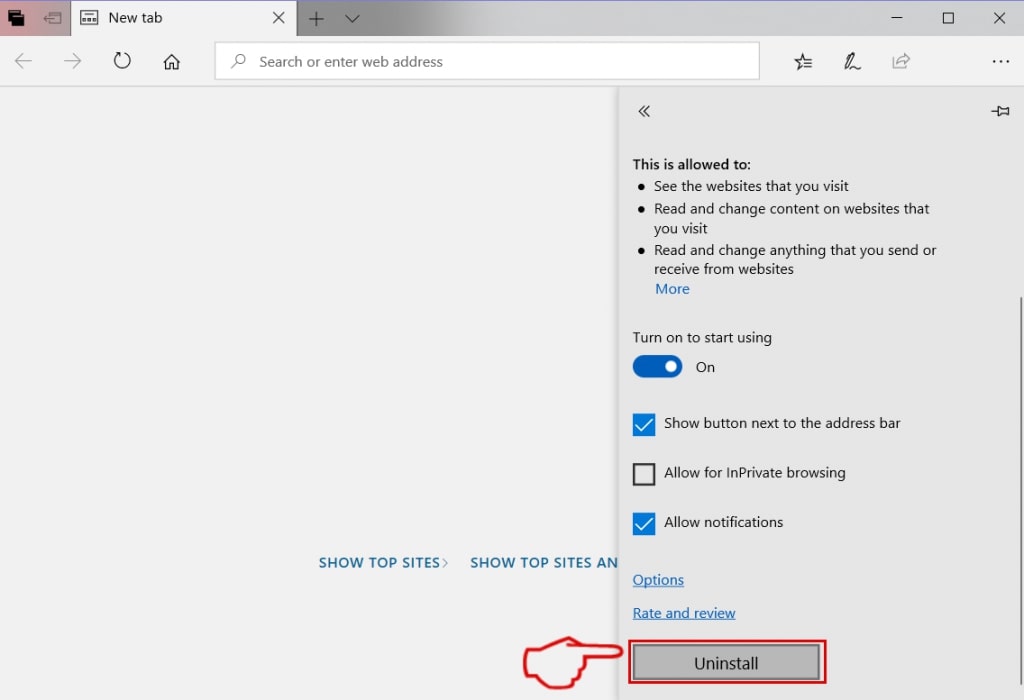
Remove Everyday Tab from Safari
Step 1: Start the Safari app.
Step 2: After hovering your mouse cursor to the top of the screen, click on the Safari text to open its drop down menu.
Step 3: From the menu, click on "Preferences".
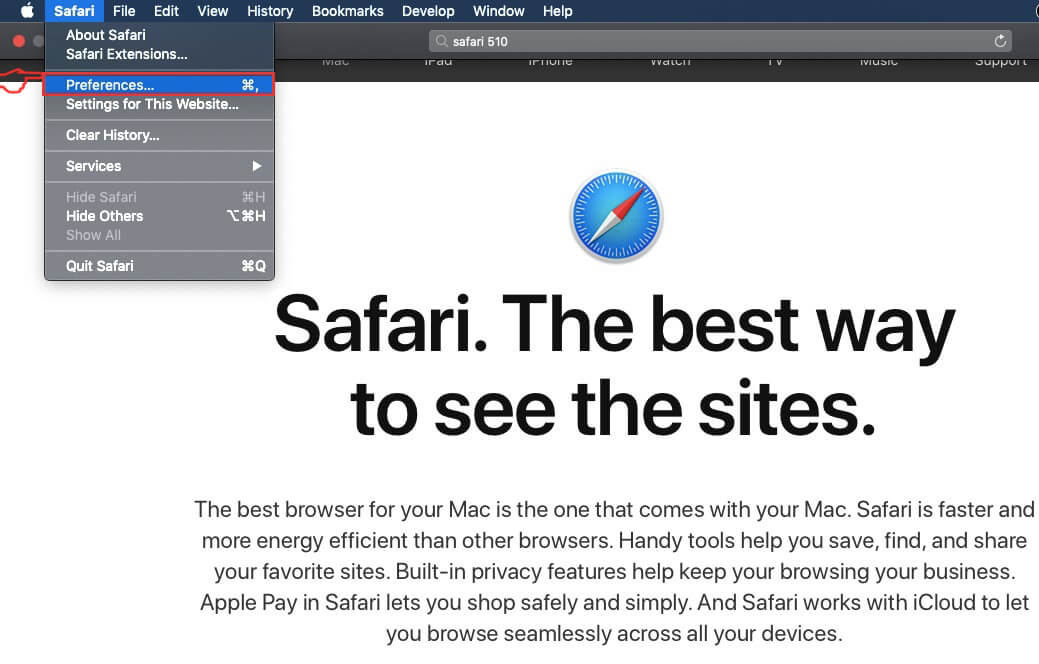
Step 4: After that, select the 'Extensions' Tab.

Step 5: Click once on the extension you want to remove.
Step 6: Click 'Uninstall'.
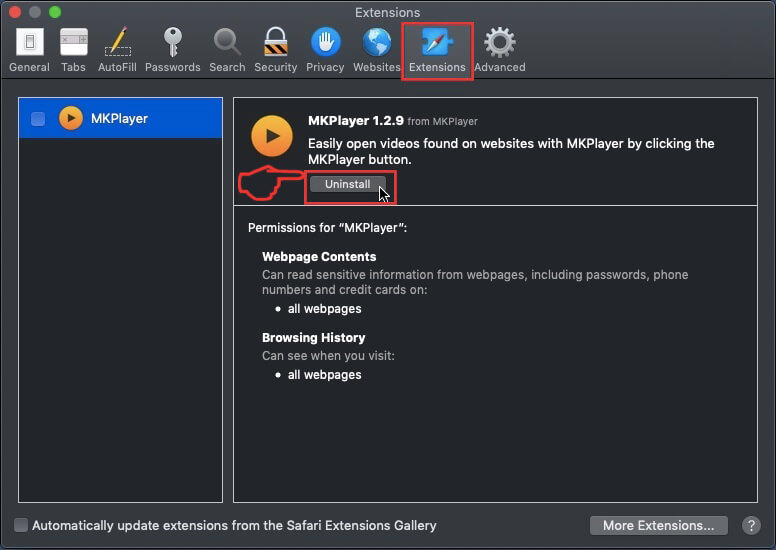
A pop-up window will appear asking for confirmation to uninstall the extension. Select 'Uninstall' again, and the Everyday Tab will be removed.
Eliminate Everyday Tab from Internet Explorer.
Step 1: Start Internet Explorer.
Step 2: Click on the gear icon labeled 'Tools' to open the drop menu and select 'Manage Add-ons'
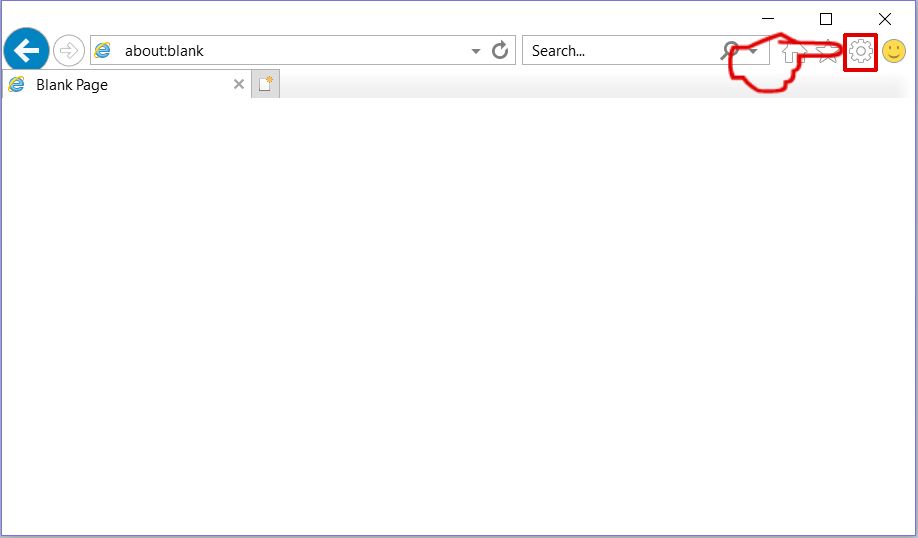
Step 3: In the 'Manage Add-ons' window.
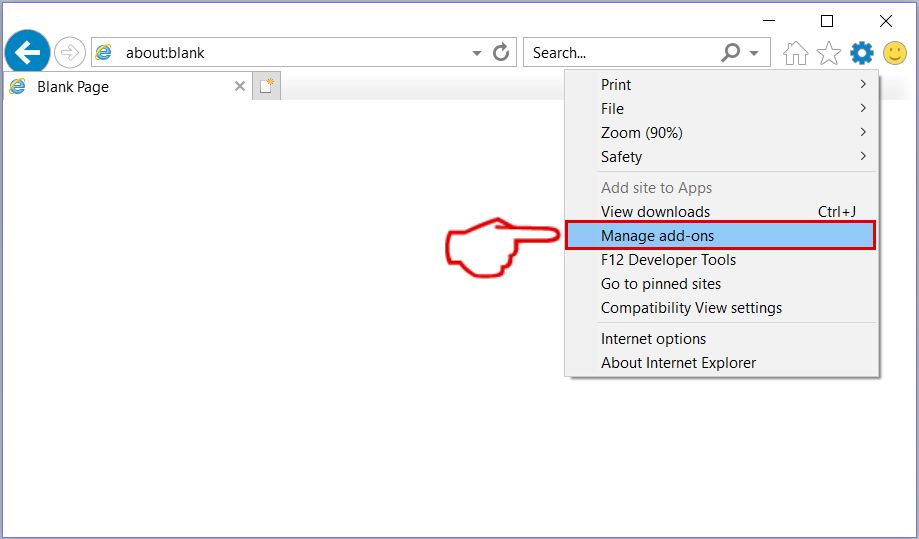
Step 4: Select the extension you want to remove and then click 'Disable'. A pop-up window will appear to inform you that you are about to disable the selected extension, and some more add-ons might be disabled as well. Leave all the boxes checked, and click 'Disable'.
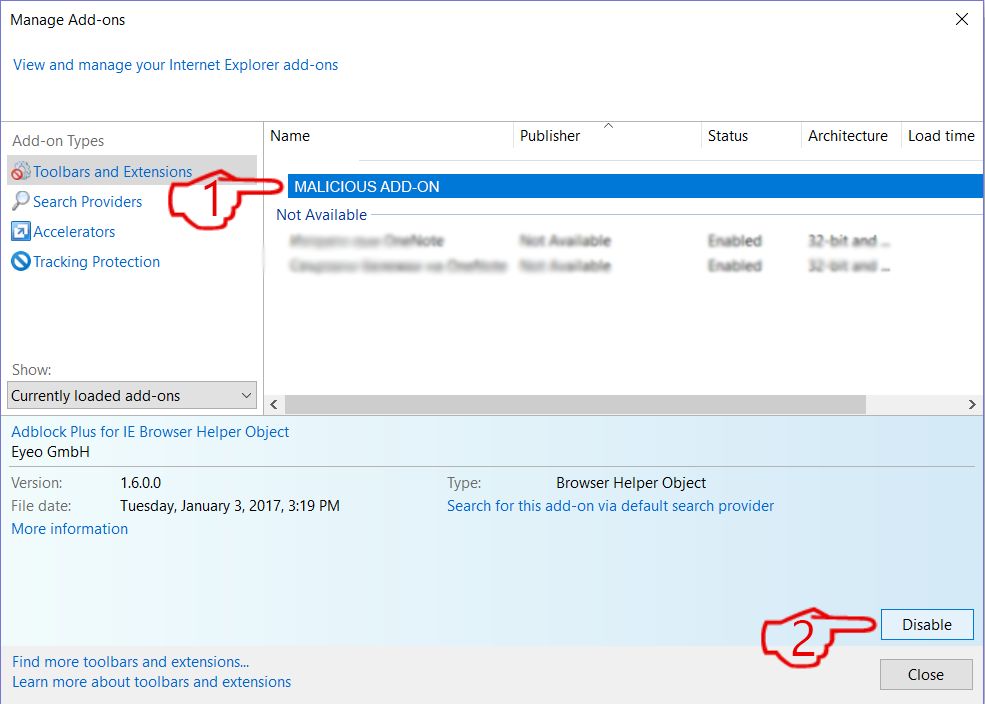
Step 5: After the unwanted extension has been removed, restart Internet Explorer by closing it from the red 'X' button located at the top right corner and start it again.
Remove Push Notifications from Your Browsers
Turn Off Push Notifications from Google Chrome
To disable any Push Notices from Google Chrome browser, please follow the steps below:
Step 1: Go to Settings in Chrome.
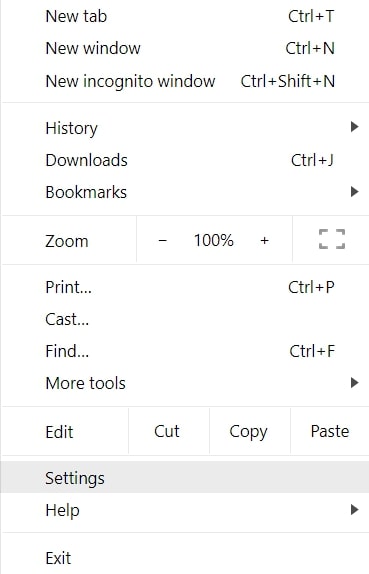
Step 2: In Settings, select “Advanced Settings”:
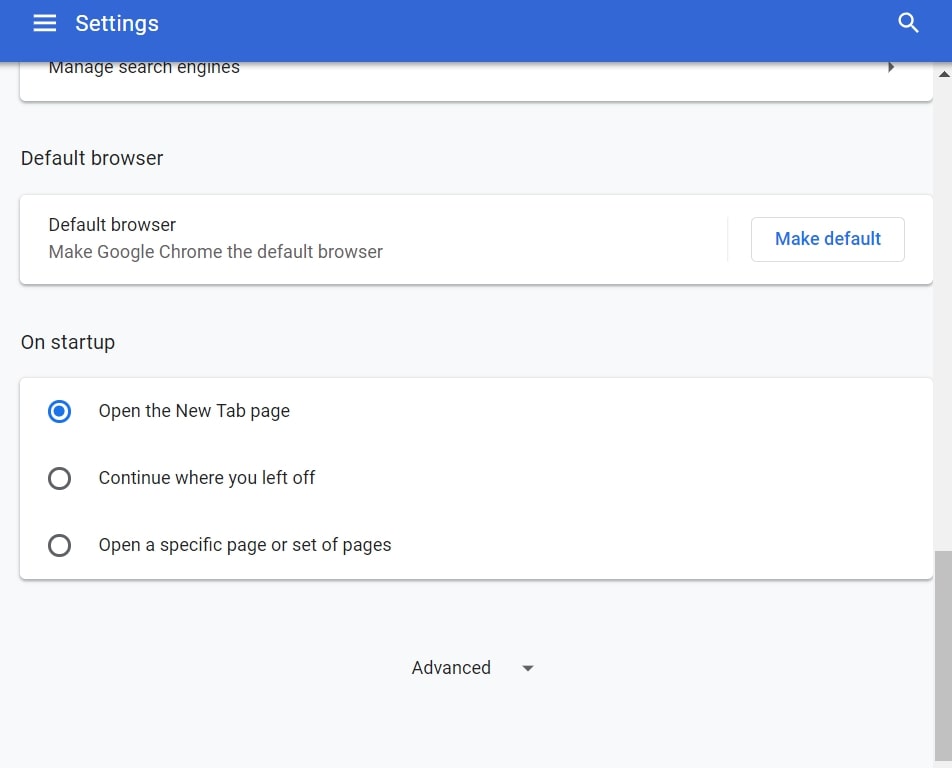
Step 3: Click “Content Settings”:
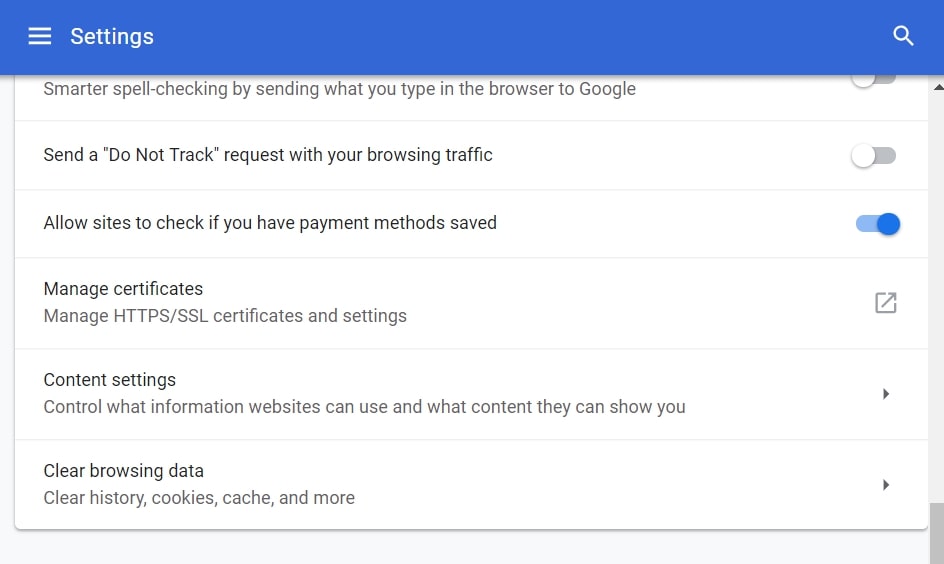
Step 4: Open “Notifications”:
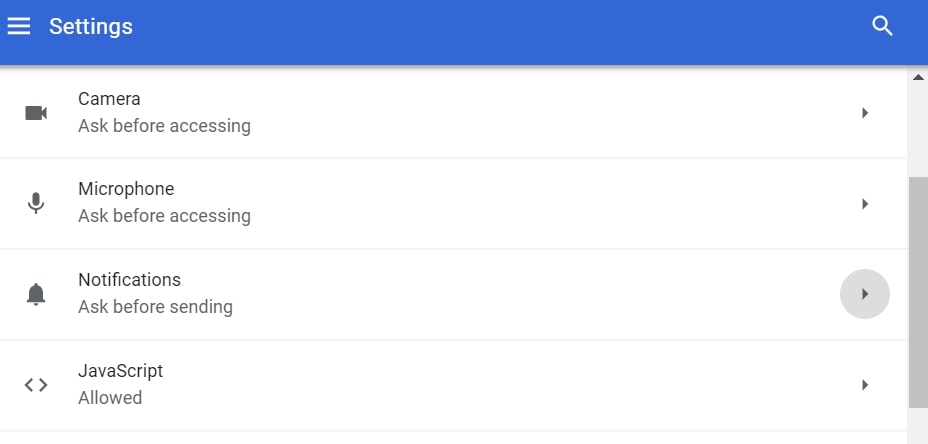
Step 5: Click the three dots and choose Block, Edit or Remove options:

Remove Push Notifications on Firefox
Step 1: Go to Firefox Options.
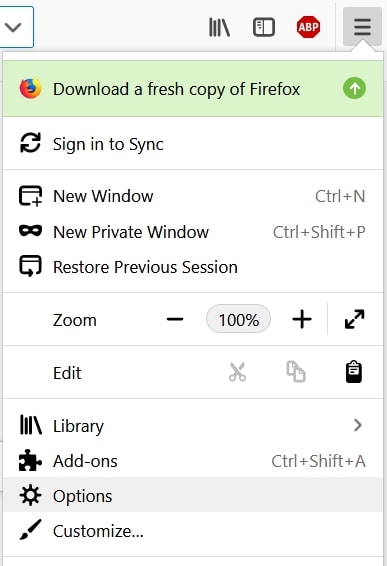
Step 2: Go to “Settings”, type “notifications” in the search bar and click "Settings":
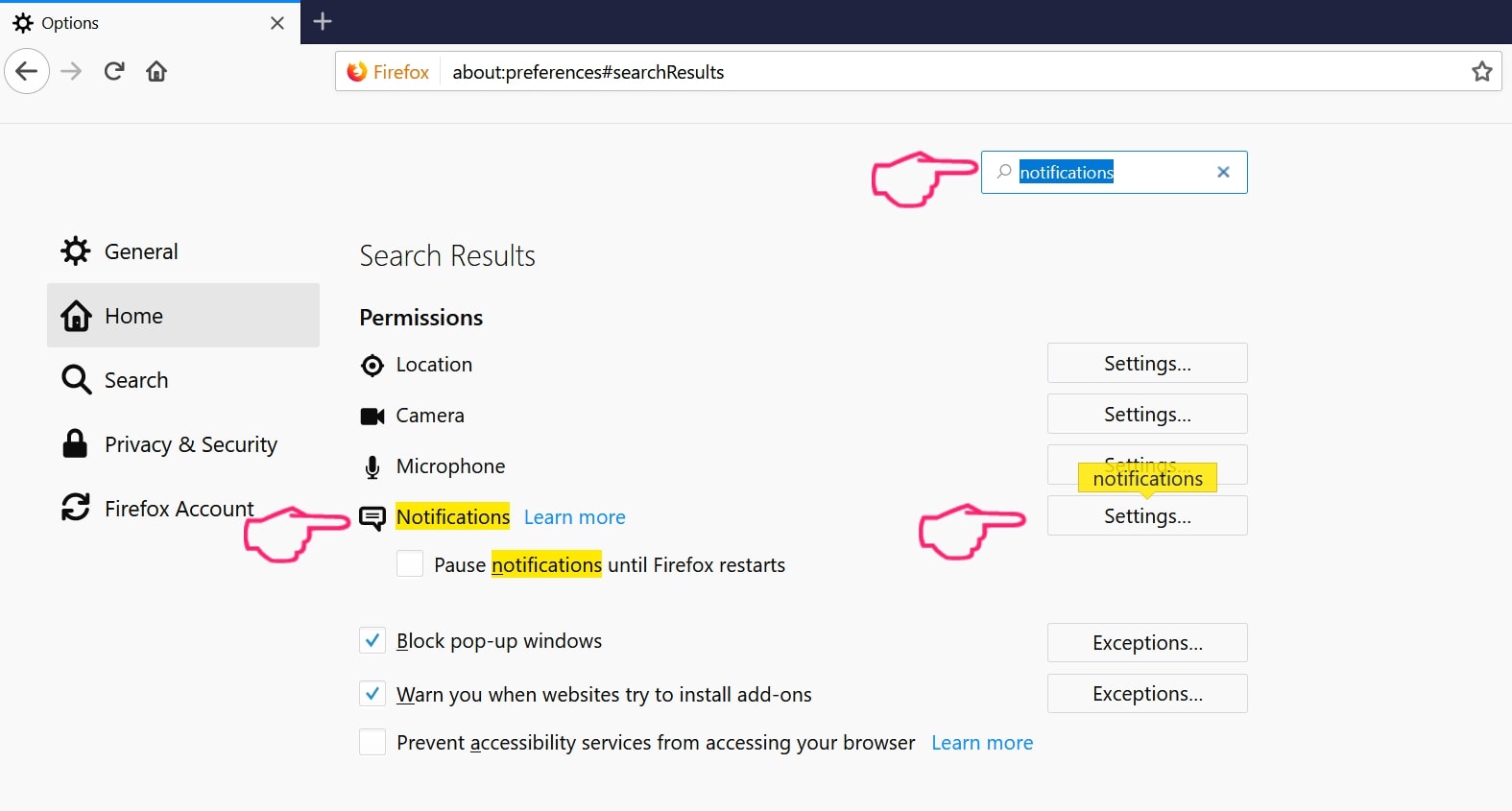
Step 3: Click “Remove” on any site you wish notifications gone and click “Save Changes”
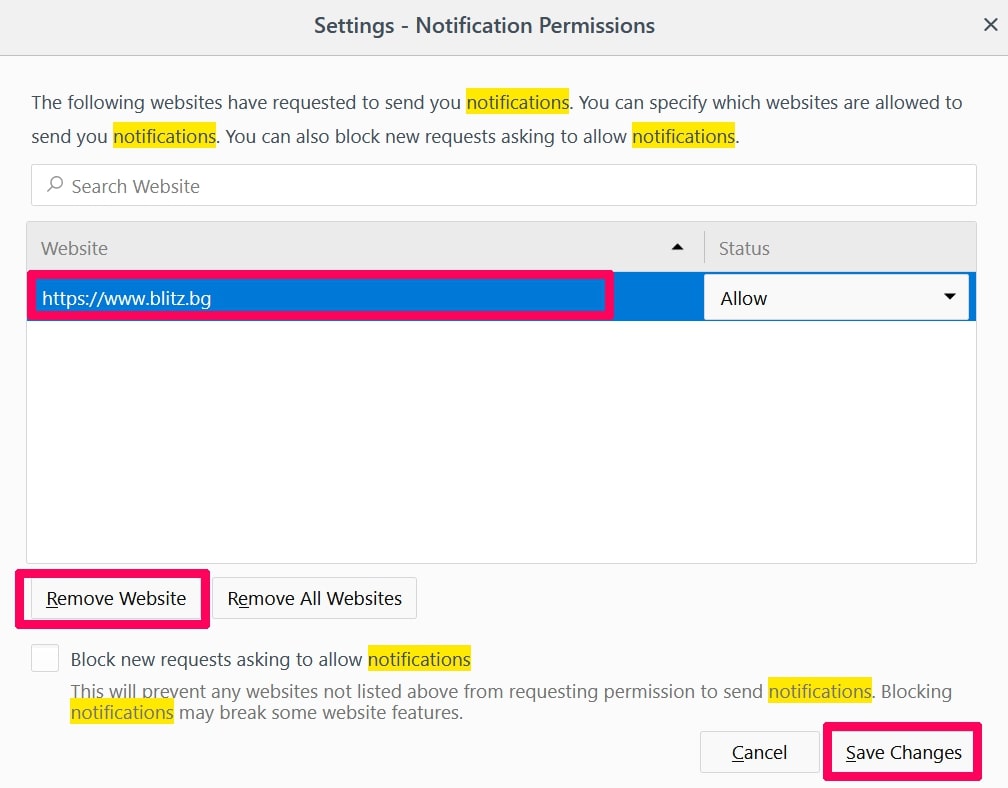
Stop Push Notifications on Opera
Step 1: In Opera, press ALT+P to go to Settings.

Step 2: In Setting search, type “Content” to go to Content Settings.
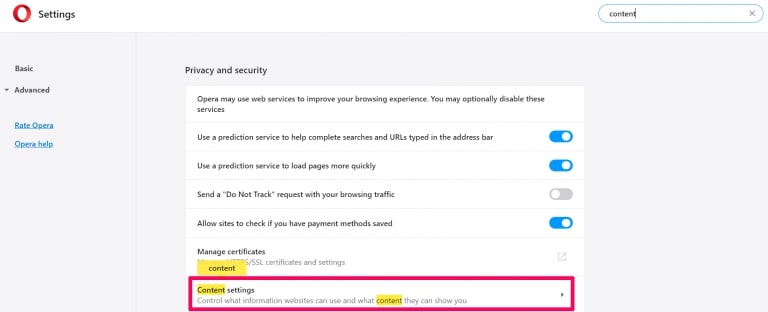
Step 3: Open Notifications:
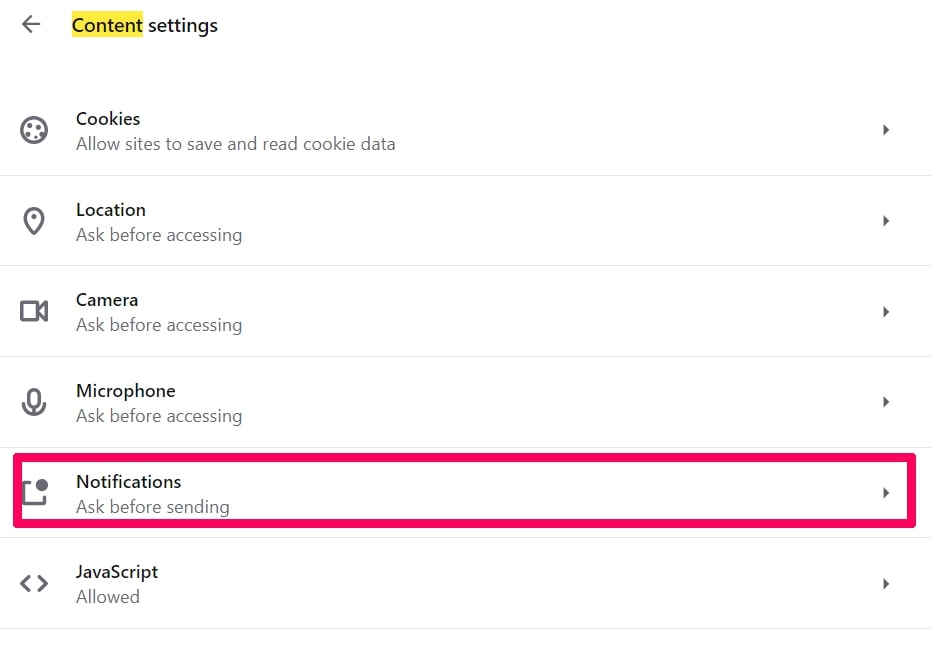
Step 4: Do the same as you did with Google Chrome (explained below):
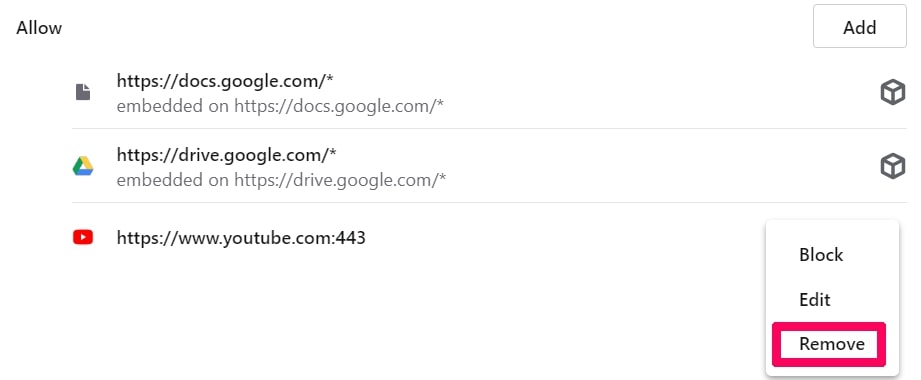
Eliminate Push Notifications on Safari
Step 1: Open Safari Preferences.
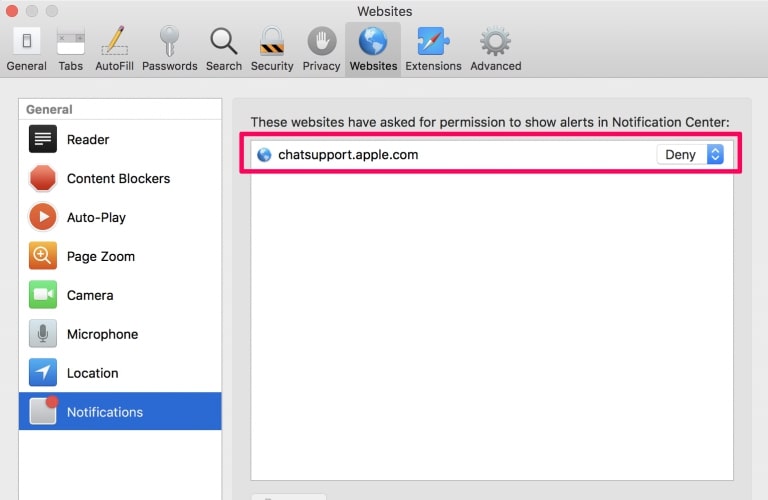
Step 2: Choose the domain from where you like push pop-ups gone and change to "Deny" from "Allow".
Everyday Tab-FAQ
What Is Everyday Tab?
The Everyday Tab threat is adware or browser redirect virus.
It may slow your computer down significantly and display advertisements. The main idea is for your information to likely get stolen or more ads to appear on your device.
The creators of such unwanted apps work with pay-per-click schemes to get your computer to visit risky or different types of websites that may generate them funds. This is why they do not even care what types of websites show up on the ads. This makes their unwanted software indirectly risky for your OS.
What Are the Symptoms of Everyday Tab?
There are several symptoms to look for when this particular threat and also unwanted apps in general are active:
Symptom #1: Your computer may become slow and have poor performance in general.
Symptom #2: You have toolbars, add-ons or extensions on your web browsers that you don't remember adding.
Symptom #3: You see all types of ads, like ad-supported search results, pop-ups and redirects to randomly appear.
Symptom #4: You see installed apps on your Mac running automatically and you do not remember installing them.
Symptom #5: You see suspicious processes running in your Task Manager.
If you see one or more of those symptoms, then security experts recommend that you check your computer for viruses.
What Types of Unwanted Programs Are There?
According to most malware researchers and cyber-security experts, the threats that can currently affect your device can be rogue antivirus software, adware, browser hijackers, clickers, fake optimizers and any forms of PUPs.
What to Do If I Have a "virus" like Everyday Tab?
With few simple actions. First and foremost, it is imperative that you follow these steps:
Step 1: Find a safe computer and connect it to another network, not the one that your Mac was infected in.
Step 2: Change all of your passwords, starting from your email passwords.
Step 3: Enable two-factor authentication for protection of your important accounts.
Step 4: Call your bank to change your credit card details (secret code, etc.) if you have saved your credit card for online shopping or have done online activities with your card.
Step 5: Make sure to call your ISP (Internet provider or carrier) and ask them to change your IP address.
Step 6: Change your Wi-Fi password.
Step 7: (Optional): Make sure to scan all of the devices connected to your network for viruses and repeat these steps for them if they are affected.
Step 8: Install anti-malware software with real-time protection on every device you have.
Step 9: Try not to download software from sites you know nothing about and stay away from low-reputation websites in general.
If you follow these recommendations, your network and all devices will become significantly more secure against any threats or information invasive software and be virus free and protected in the future too.
How Does Everyday Tab Work?
Once installed, Everyday Tab can collect data using trackers. This data is about your web browsing habits, such as the websites you visit and the search terms you use. It is then used to target you with ads or to sell your information to third parties.
Everyday Tab can also download other malicious software onto your computer, such as viruses and spyware, which can be used to steal your personal information and show risky ads, that may redirect to virus sites or scams.
Is Everyday Tab Malware?
The truth is that PUPs (adware, browser hijackers) are not viruses, but may be just as dangerous since they may show you and redirect you to malware websites and scam pages.
Many security experts classify potentially unwanted programs as malware. This is because of the unwanted effects that PUPs can cause, such as displaying intrusive ads and collecting user data without the user’s knowledge or consent.
About the Everyday Tab Research
The content we publish on SensorsTechForum.com, this Everyday Tab how-to removal guide included, is the outcome of extensive research, hard work and our team’s devotion to help you remove the specific, adware-related problem, and restore your browser and computer system.
How did we conduct the research on Everyday Tab?
Please note that our research is based on independent investigation. We are in contact with independent security researchers, thanks to which we receive daily updates on the latest malware, adware, and browser hijacker definitions.
Furthermore, the research behind the Everyday Tab threat is backed with VirusTotal.
To better understand this online threat, please refer to the following articles which provide knowledgeable details.


